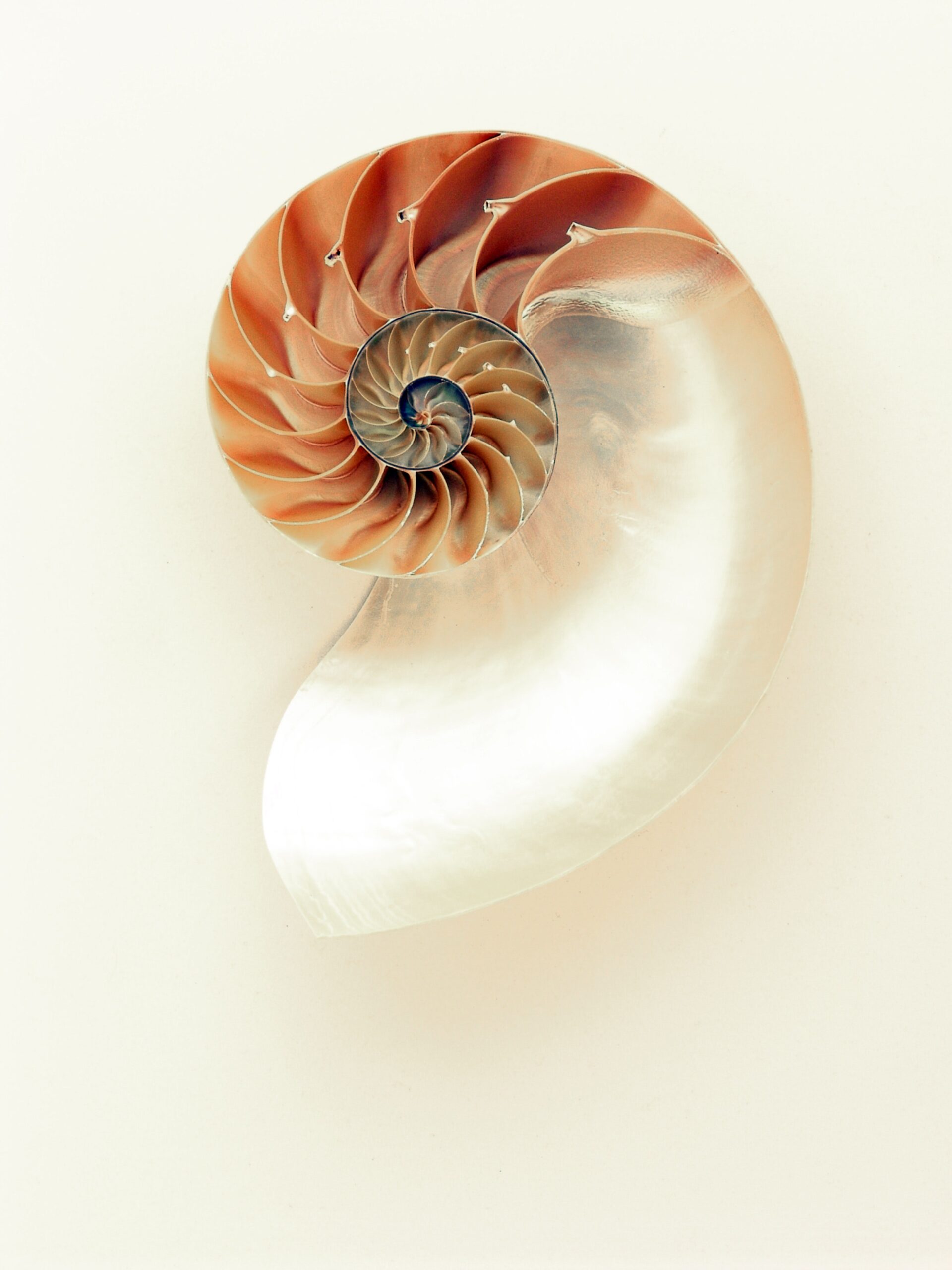Nature has an astonishing way of creating beauty, and one of its most remarkable gifts is the exquisite material known as mother of pearl. Also referred to as nacre, mother of pearl is a substance that evokes a sense of timeless elegance and refinement. Its captivating iridescence and historical significance make it a prized material in jewelry, art, and decorative items. In this blog, we’ll delve into the fascinating world of mother of pearl, exploring its origin, characteristics, uses, and cultural significance.
Origins and Formation
Mother of pearl is not a gemstone but rather an organic-inorganic composite material produced by certain mollusks, primarily oysters and abalones. It is the lustrous inner layer of the shell that these mollusks secrete as a defense mechanism against irritants such as sand and parasites. As layer upon layer of nacre is deposited, it forms a smooth, iridescent surface that radiates an ethereal play of colors when hit by light at different angles.
Characteristics and Colors
What makes mother of pearl truly captivating is its unique visual appeal. The colors that dance across its surface range from iridescent whites and silvers to soft pinks, blues, and greens. This dazzling display is a result of the interference of light waves as they pass through the layers of nacre. The layers are incredibly thin, measuring only a few micrometers, and their precise arrangement contributes to the material’s shimmering effect.
Versatile Uses
Throughout history, Its has been highly prized for its versatility and aesthetic appeal. Here are some of its most common uses:
- Jewelry: Mother of pearl is frequently incorporated into jewelry designs, adding a touch of elegance and sophistication. It’s often used in pendants, earrings, bracelets, and even watch dials, providing a luminous and refined quality to pieces.
- Inlays and Decorative Items: The intricate patterns and colors of mother of pearl make it a sought-after material for inlays in furniture, musical instruments, and decorative art. Its use can be traced back to ancient civilizations, where it adorned thrones, boxes, and intricate designs.
- Fashion and Accessories: Mother of pearl buttons, clasps, and buckles have been used in fashion for centuries, lending a touch of elegance to garments and accessories.
- Home Decor: From luxurious dinnerware to ornamental pieces, Its adds a touch of opulence to interior design. Tableware and decorative accents showcase its luminosity in a variety of settings.
Cultural Significance
The allure of mother of pearl extends beyond its aesthetic qualities. In various cultures, it holds symbolic meanings. In Asian cultures, it is associated with protection, wealth, and good fortune. The shimmering surface of mother of pearl is believed to ward off negative energy and promote harmony.
Caring for Mother of Pearl
To maintain the Its beauty , gentle care is essential. Avoid exposing it to harsh chemicals, extreme temperatures, or prolonged sunlight. Clean it with a soft, damp cloth and store it separately from other jewelry to prevent scratches.
In conclusion, mother of pearl stands as a testament to nature’s ability to create mesmerizing beauty. Its iridescence, history, and cultural significance make it a material that continues to inspire and captivate artists, artisans, and admirers alike. Whether adorning jewelry, embellishing art, or gracing homes, It is a timeless treasure that adds elegance and charm to every facet of life.

No responses yet